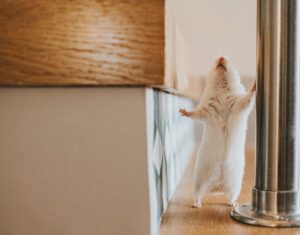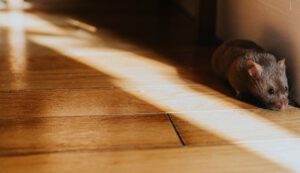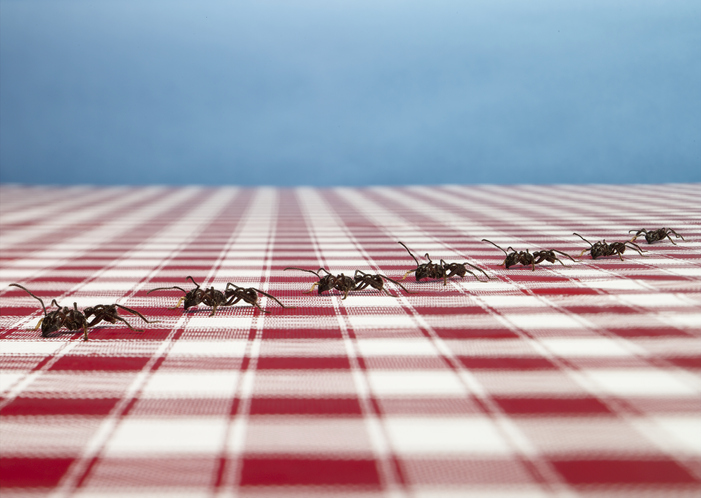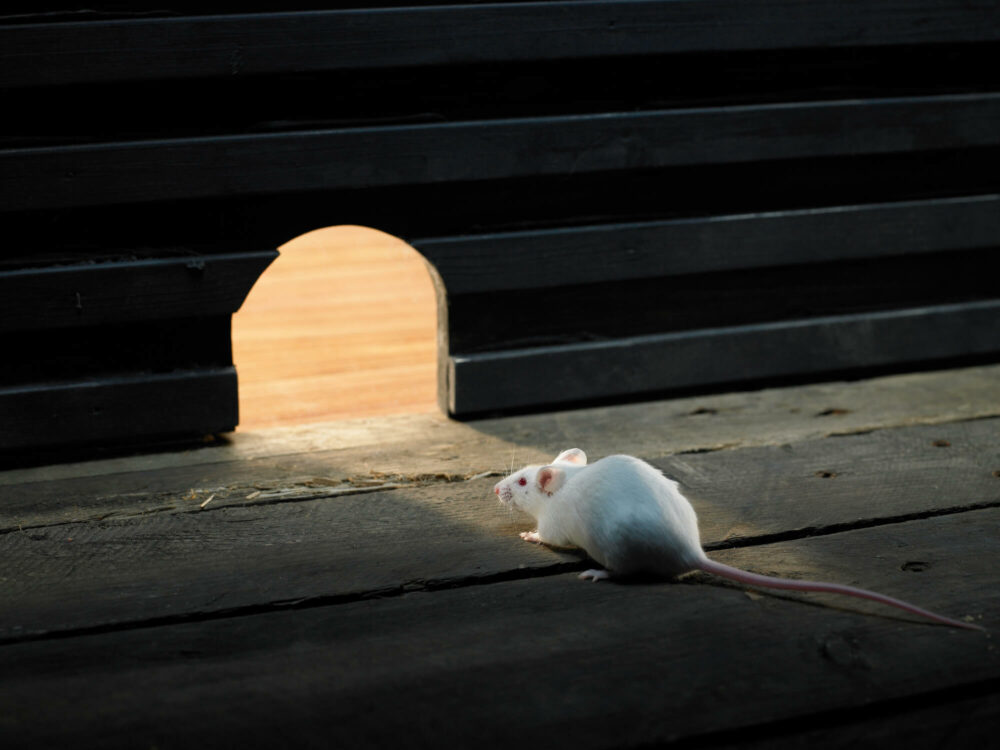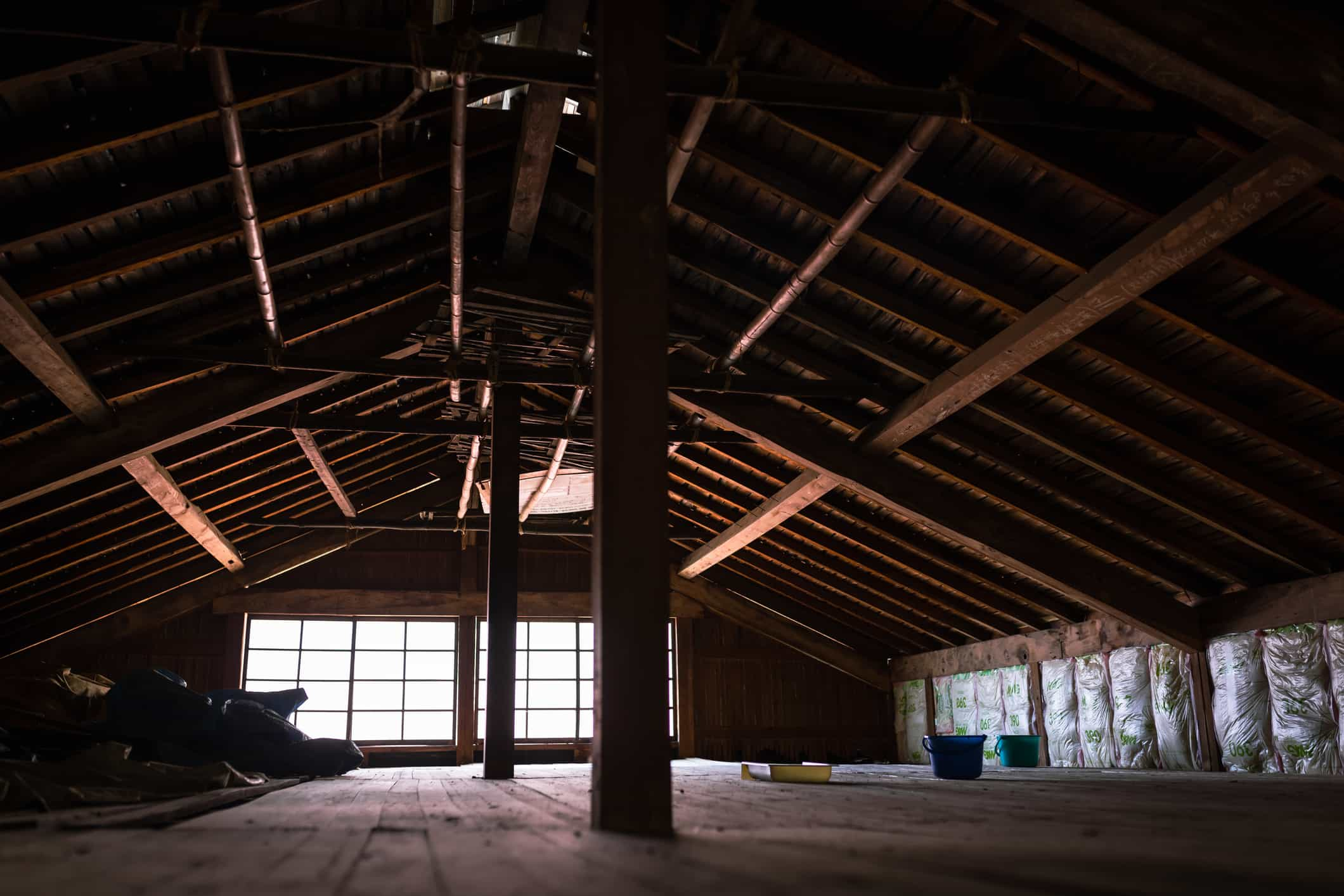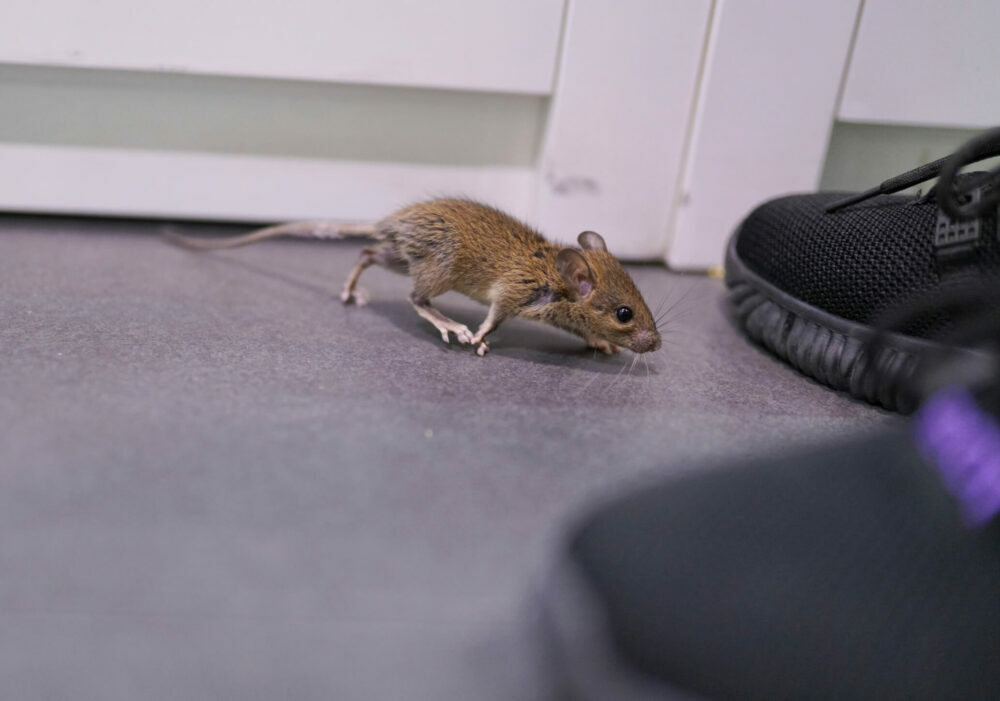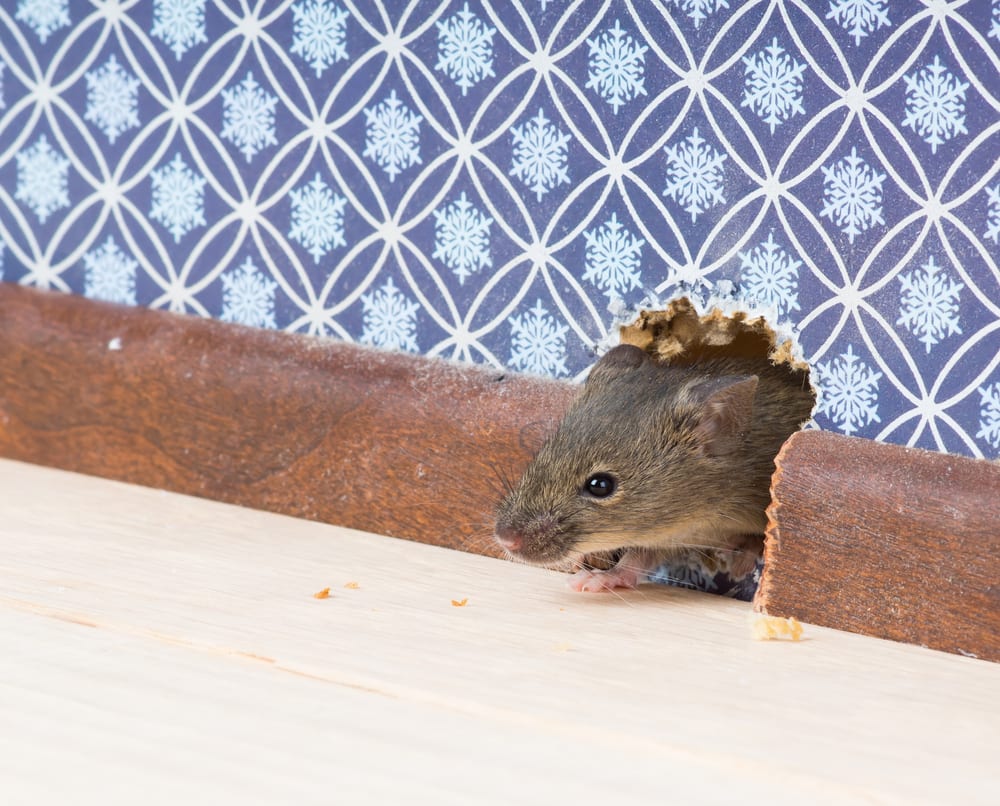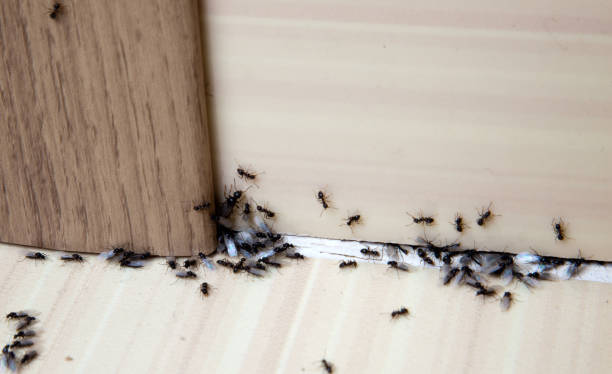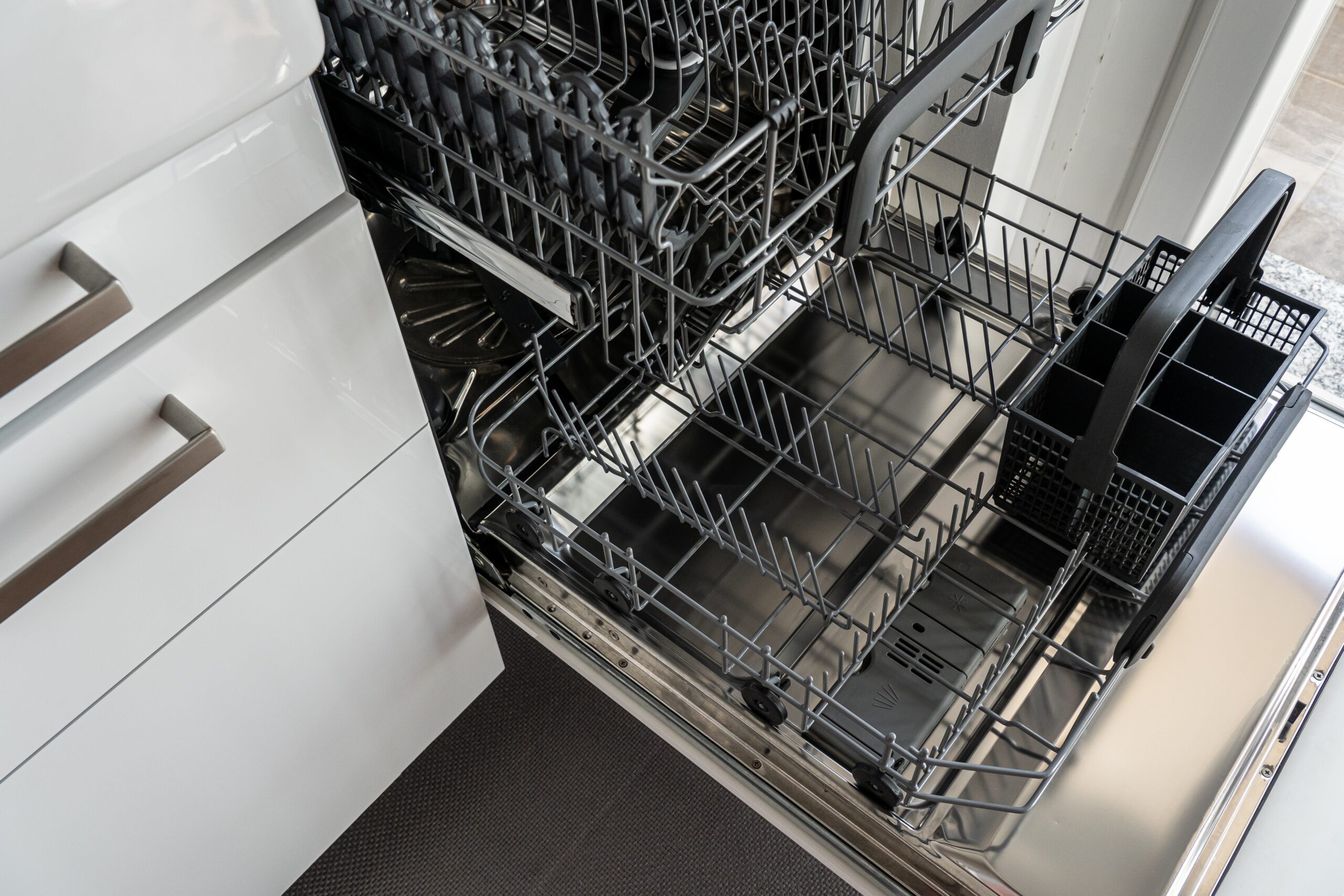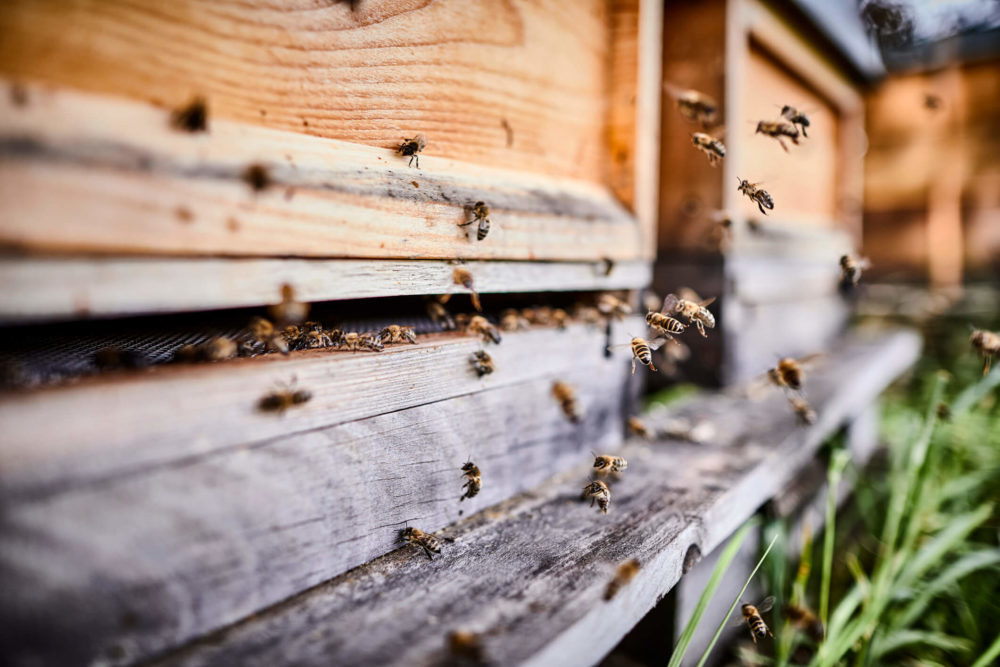In New Jersey and many other places around the country, mice are four-season pests that infiltrate residential homes all throughout the year. However, the typical habits of these rodents make them more likely to be seen during certain months. “Mice season” is considered to be the time when the weather cools off, and rodents start searching for warm and cozy places to live for the winter.
So, what season are mice most active? Here’s what we’ve learned from over 30 years in the pest control industry.
Most Common Times for Mouse Activity
Mice are most active at night because this is the best time to avoid predators and danger. You’ll typically find mice hiding during the daytime hours unless they are looking for food or water. Mice activity tends to pick up when the weather first starts getting cold. This occurs in the U.S. during the fall or the beginning of winter.
Why Mouse Activity Shifts with the Seasons
Mice are in tune with the temperature and know that winter means harsher conditions and greater difficulty finding resources to stay warm and healthy. In the autumn, mice start preparing for the winter and filling their bellies with more food to sustain themselves. Food is more scarce during the winter, and water sources may freeze and be inaccessible.
Rodents often start making their way back outside between March and May, when the outside conditions are more favorable, and when they don’t need to rely on your house as much for shelter and resources. The summer season may also bring an increase in mouse activity; however, if the mice in your home have been breeding and new baby mice are being born.
How to Prevent Mice Year-Round
We recommend looking into mice control solutions by the summer of each year at the latest to prepare you for the seasonal shifts ahead. We offer 10 percent off for new annual contracts and use an integrated pest management system to eliminate mice and provide control and protection for a wide range of pest problems. Seasonal home inspections can make a big difference in stopping minor mice concerns before they become significant issues.
A preventive approach is the best approach for handling the season when mice are most active. There are certain places in homes where mice gravitate, such as attics, garages, sheds, basements, and kitchen pantries. Anywhere you store food or trash should be checked frequently for evidence of mice, such as the smell of urine, fecal droppings, scurrying noises, and grease marks. To prevent future rodent infestations at any time of the year, store all food in airtight containers, seal up cracks and holes around your home, reduce household clutter, and periodically check for damage in mouse-prone areas of your house.
What to Do with a Seasonal Mice Infestation
Although the fall season is when mice are most active coming into your home, spring is also a very active time for mice because this is when they head back outdoors after the winter. If you notice an increase in mice activity, contact Precise Termite & Pest Control immediately to assess the problem’s severity. We offer free home inspections and employ experienced exterminators who understand mice activity and know the best approaches for mouse control.
Without an effective way to keep mice away from your home, you could put your house at risk of structural damage and your family at risk of getting infected with dangerous diseases. Our professional mice control strategies come with a 100 percent satisfaction guarantee, and we take great pride in our fast response times.
Contact us at 866-971-2847 to learn more!






